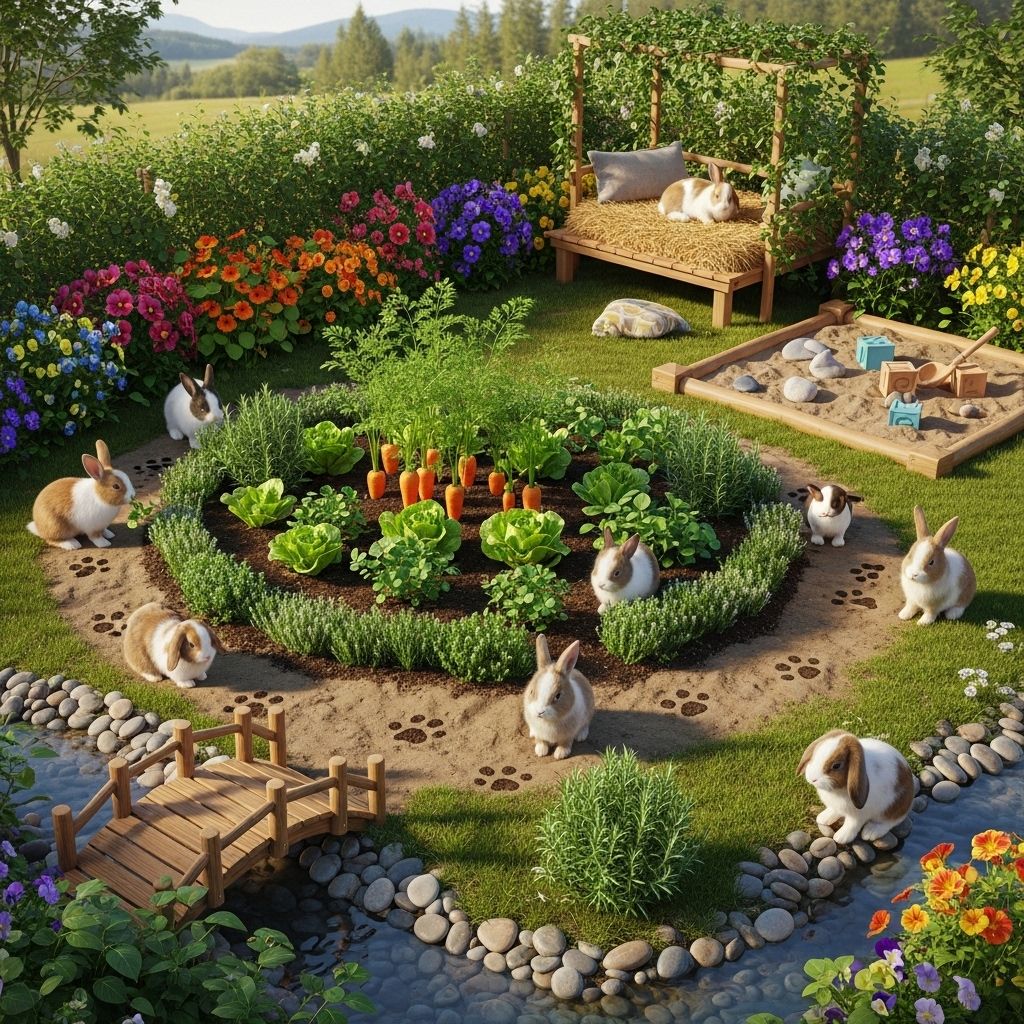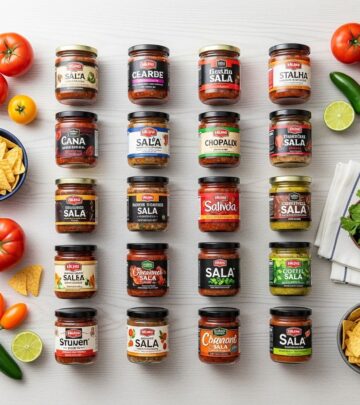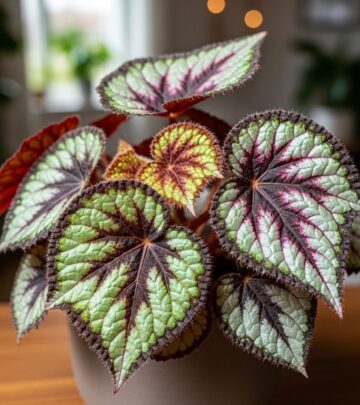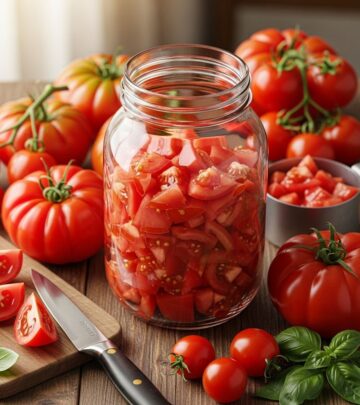Bunny Garden: 9 Simple Steps To Grow An Interactive Haven
Transform Your Yard into a Nutritious Haven for Rabbits and Humans

Image: HearthJunction Design Team
Introduction to Bunny Gardens
Bunny gardens have become increasingly popular, offering a unique opportunity for pet rabbit owners to create interactive spaces that provide fresh, organic food for their beloved pets. These gardens are not only beneficial for rabbits but also enrich the family’s involvement in gardening and rabbit care. In essence, bunny gardens bridge the gap between the needs of both humans and animals, fostering a harmonious coexistence in the garden.
What is a Bunny Garden?
A bunny garden is a specially designed outdoor space tailored to meet the dietary needs of rabbits. It typically includes a variety of leafy greens, herbs, and flowers that are safe for rabbits to eat. These gardens can be as simple as container setups or as elaborate as interactive natural spaces, making them a rewarding endeavor for both rabbits and their human caretakers.
Benefits of a Bunny Garden
Creating a bunny garden offers several benefits:
–
Nutritious Food Source
: Provides fresh, organic food for rabbits, supplementing their diet with essential nutrients.–
Interactive Environment
: Enhances the rabbits’ natural foraging behavior, offering them mental stimulation and exercise.–
Family Involvement
: Encourages family participation in gardening and rabbit care, fostering a sense of responsibility and connection with nature.–
Aesthetic Appeal
: Adds beauty and diversity to the garden, with a variety of plants that are also appealing to humans.Popular Plants for a Bunny Garden
Some popular plants that are safe for rabbits and can be included in a bunny garden are:
- Nasturtium: Known for its edible flowers and leaves, nasturtium adds color and flavor to salads for both humans and rabbits.
- Carrots: Rabbits love carrots, and baby or ‘Little Finger’ varieties are perfect for a bunny garden.
- Bok Choy: This Asian green is a favorite among rabbits and can be grown in ‘Baby Choi’ form for easy harvesting.
How to Grow a Bunny Garden in 9 Simple Steps
- Choose the Right Location: Select a spot that receives partial shade to full sun, depending on the plants you choose.
- Prepare the Soil: Use well-draining soil rich in organic matter to promote healthy plant growth.
- Plan Your Garden Design: Consider a mix of plants that grow at different heights and have varying maturation times.
- Plant a Variety of Crops: Include a mix of leafy greens, herbs, and flowers to keep the garden interesting and nutritious.
- Provide Watering and Maintenance: Ensure consistent moisture and fertilize naturally to maintain soil health.
- Create Interactive Elements: Add tunnels, boxes, or other structures to encourage rabbits to explore and forage.
- Monitor and Protect Your Garden: Keep an eye out for pests and diseases, using natural methods to control them whenever possible.
- Involve the Family: Encourage everyone to participate in gardening and rabbit care.
- Enjoy Your Harvest: Regularly harvest plants to encourage regrowth and enjoy fresh produce with your family.
Common FAQs
Q: What plants are safe for rabbits to eat?
A: Rabbits can safely eat a variety of leafy greens like lettuce, spinach, and kale, as well as herbs such as parsley and basil. Always ensure that the plants are free from pesticides and other harmful chemicals.
Q: How can I keep rabbits from eating my other garden plants?
A: Use fencing around sensitive areas, plant rabbit-deterrent herbs like garlic or chili peppers, and consider using physical barriers like chicken wire to protect your garden.
Q: What interactive elements can be added to a bunny garden?
A: Consider adding tunnels, wooden boxes, or climbing structures to encourage rabbits to explore and exercise within the garden.
Conclusion
Creating a bunny garden is a fun and rewarding project that not only provides fresh food for your pet rabbits but also enhances your outdoor space. By following the steps outlined above and incorporating a variety of rabbit-friendly plants, you can create a haven that both you and your rabbits will love. Remember to involve your family in the process to make it a truly enriching experience for everyone involved.
References
- https://www.epicgardening.com/bunny-garden/
- https://www.epicgardening.com/rabbits-in-garden/
- https://shop.epicgardening.com/products/bunny-tails-grass-seeds
- https://charlestonmag.com/features/bunny_s_garden_how_a_green_thumbed_gardener_transformed_a_once_barren_harborside_lot_into_a
- https://gardenandgun.com/feature/life-lessons-in-the-garden-with-bunny-williams/
Read full bio of Shinta












